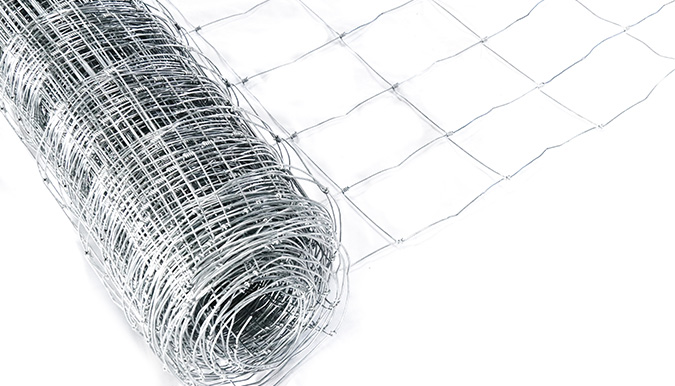installing metal garden edging
Nov . 22, 2024 21:00
Installing Metal Garden Edging A Step-by-Step Guide
Metal garden edging is an excellent way to enhance the appearance of your garden while providing necessary boundaries for your plants. Not only does it define spaces, but it also helps to prevent grass and weeds from encroaching on your garden beds. If you're considering installing metal garden edging in your yard, this step-by-step guide will help you achieve a polished and professional look.
Step 1 Gather Your Materials
Before diving into the installation process, gather all the necessary materials. You will need - Metal edging strips (aluminum or steel) - A spade or shovel - A garden level or a mallet - A measuring tape - Landscape fabric (optional) - Stakes (for stabilization) - Heavy-duty gloves
Make sure to choose an appropriate type and size of metal edging that complements your garden design and meets your functional needs.
Step 2 Plan Your Layout
Planning is a crucial step in the installation of metal garden edging. Walk around your garden and visualize the edging's layout. You can use stakes and string to outline the desired shape, whether it's a straight line, a curved path, or a creative design. This will give you a clear visual guide to follow during the installation.
Step 3 Prepare the Ground
Once you have your design set, it's time to prepare the ground. Use your shovel to dig a trench along the marked edges. The trench should be deep enough to accommodate the height of your metal edging, usually about 3-4 inches deep. Ensure the trench is even and consistent in depth to keep the metal edging level.
installing metal garden edging

Step 4 Install the Edging
With your trench ready, it’s time to install the metal edging. Place the edging strips into the trench, making sure they are straight and aligned with your layout. If the metal strips are too long, you may need to cut them to fit your design. Use your level to ensure that the top of the edging is flush with the ground or slightly above it, preventing any trip hazards.
Step 5 Secure the Edging
To keep your metal edging in place, use stakes. Insert them at regular intervals along the edges, driving them down until they are firmly anchored in the ground. This will help prevent the edging from shifting or bending over time. You can also backfill the trench with soil to secure the edging further, making sure to pack the soil tightly against the edges.
Step 6 Final Touches
After the metal edging is securely installed, you can make any finishing touches. If you opted for landscape fabric, lay it down behind the edging to suppress weeds and grass. This will also help define the garden space and make maintenance easier. Finish by adding mulch or soil to enhance the aesthetic appeal of your garden beds.
Step 7 Maintenance Tips
Maintaining your metal garden edging is straightforward. Regularly check for any rust or damage, especially if you’ve chosen steel edging. Touch up any areas with rust-resistant paint if necessary. Also, keep the edging clear of debris, which can trap moisture and lead to rusting.
In conclusion, installing metal garden edging is a practical and visually appealing way to organize and enhance your garden. With proper planning and execution, you can create beautifully defined spaces that will last for years. Enjoy your gardening efforts and the satisfaction that comes with a well-maintained outdoor space!









 Unity
Unity Creation
Creation Challenge
Challenge Contribution
Contribution










